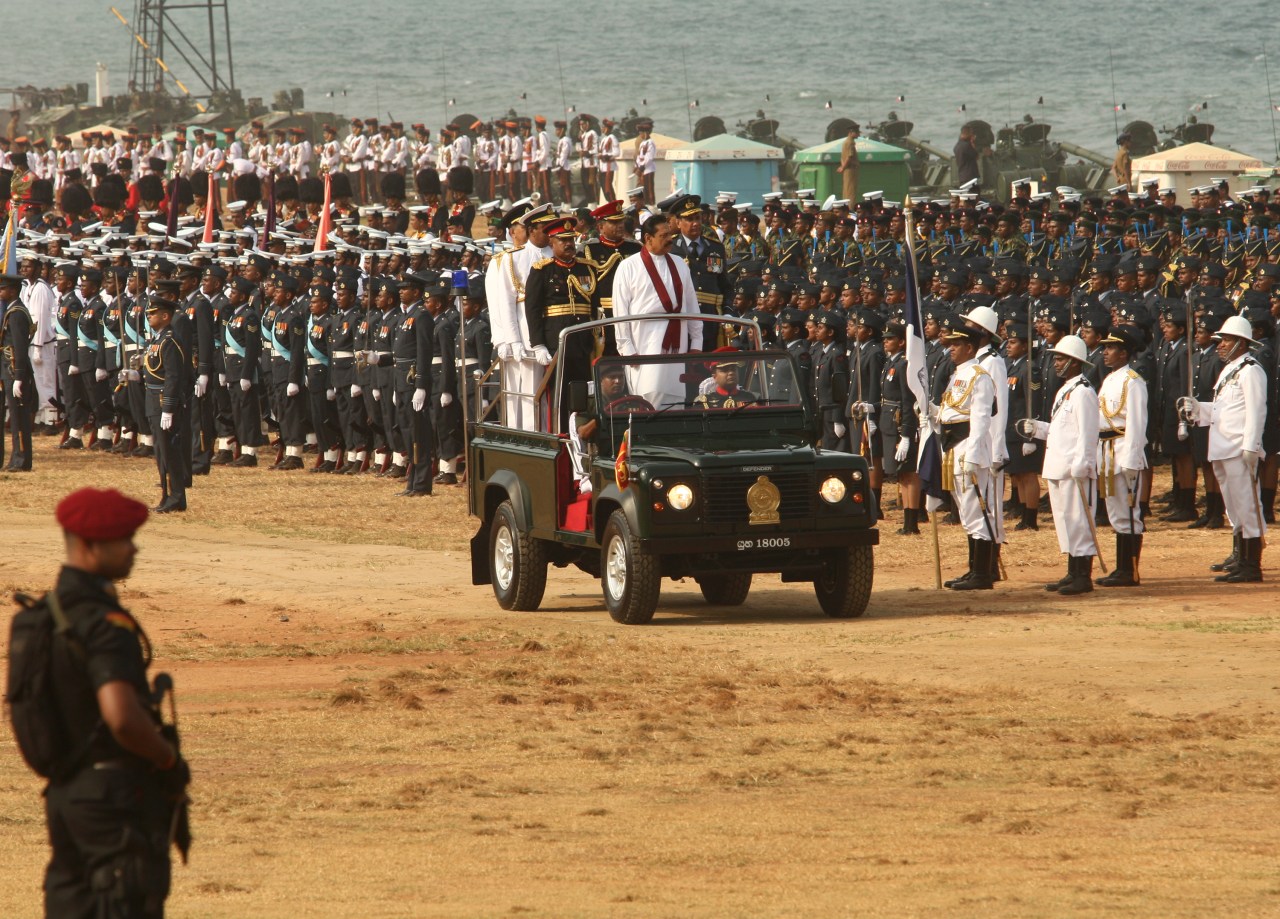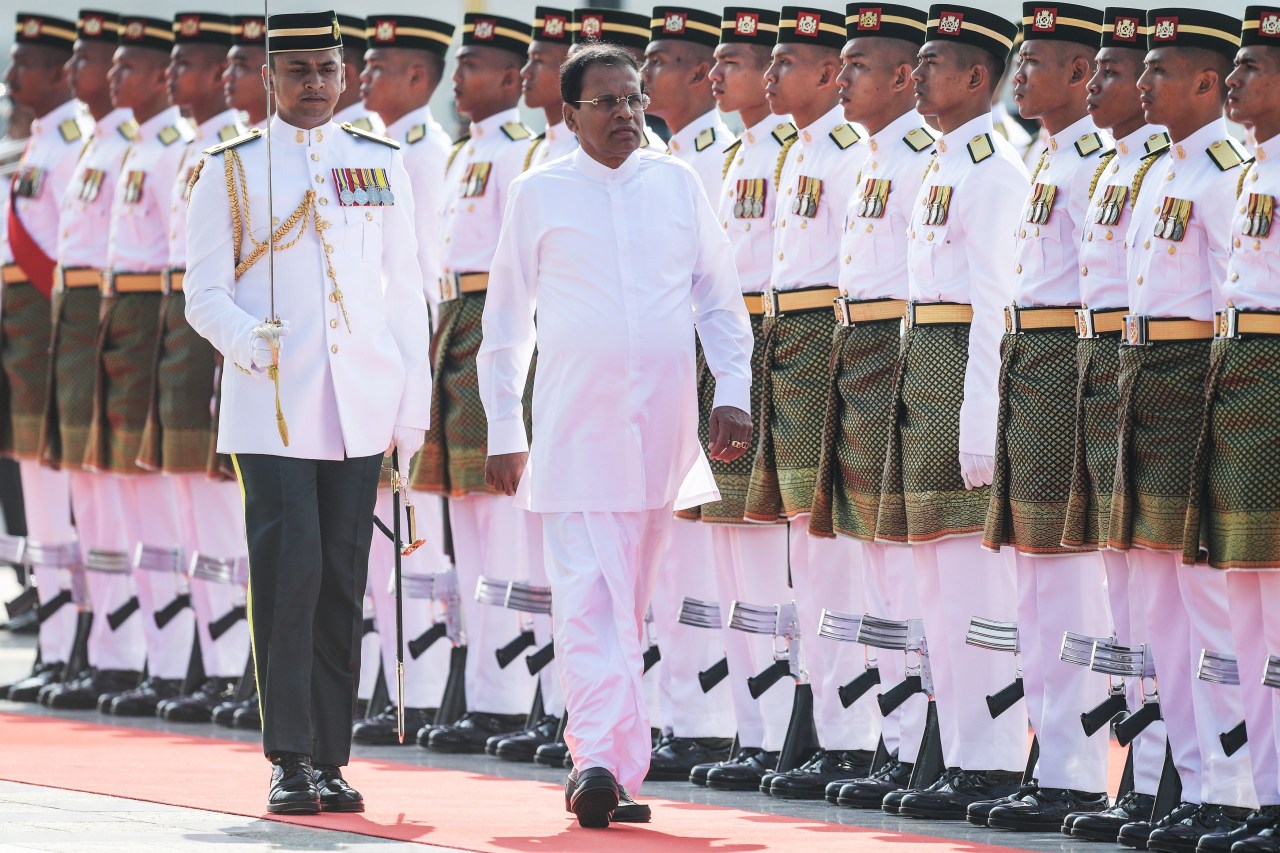Sri Lanka bills itself as a tropical paradise, and this is not an idle boast. I have yet to find a country that matches its combination of sleepy beaches, ancient cities, lush vistas, and tourist-friendly package of relatively short travel distances and locals who speak English. It is an easy introduction to South Asia for those wary of plunging head first into the exciting region.
And yet I am uneasy when friends say they are thinking of going to Sri Lanka. Those who ask me for advice—and those who do not—will find an email in their inbox later that day with links to articles and books about the country’s civil war and to an ethical tourism guide produced by the Sri Lanka Campaign, a nonpartisan group that supports efforts to achieve reconciliation and accountability for human rights violations (full disclosure: I serve as an adviser).
If you are reading this article, you probably make an effort to understand the political context of the countries you visit. This will enhance your experience wherever you go. In places like Sri Lanka, it’s vital, because the choices you make can have a huge impact.
Thirty years of brutal war, the root causes of which remain unresolved, have left gaping sores across the country. They can be difficult for tourists to spot, more visible off the beaten track. But if you travel to the north and east, the war’s legacy becomes obvious: scarred palm trees and scarred faces, destitute people, garish memorials celebrating the government’s defeat of the Liberation Tigers of Tamil Eelam (LTTE), and a surprisingly heavy military presence for a country that has ostensibly been at peace for nearly a decade.
Anyone who tries to summarize Sri Lanka’s civil war does so at their own peril. Trolls, threats, whataboutery, and personal attacks are sure to follow. But here goes:

In a bid to shore up support from the majority Sinhalese community, successive Sri Lankan governments engaged in systematic violent oppression of minorities, in particular of the Tamil population. This program included everything from discrimination in higher education and public-sector employment to the denial of citizenship and orchestrated pogroms.
One of the worst pogroms took place in July 1983, now known as Black July, when Tamils in Colombo were massacred and driven from their homes by Sinhalese mobs. At least 1,000 people were killed, 18,000 properties destroyed, and a staggering 150,000 displaced. A truth commission 20 years later confirmed that the attacks had been carried out with government knowledge and the support of government goons.
After decades of fruitless, non-violent political struggle, some Tamil groups took up arms. The most ruthless, the LTTE, crushed the others and became the predominant force for Tamil separatism, ushering in nearly three decades of war.
Initially supported by a large number of Tamils, many of whom continued their support throughout the war, the LTTE soon began brutalizing its own people. It demanded absolute loyalty and extorted those living in its quasi-autonomous territory as well as Tamils who had fled abroad. It pressured families to give children to “the cause,” abducting some as young as 6 if their parents didn’t oblige. And it carried out numerous suicide-bomb attacks, killing hundreds of civilians and injuring many more. High-profile LTTE casualties include former Indian prime minister Rajiv Gandhi in 1991 and Ranasinghe Premadasa, Sri Lanka’s president, two years later.
The Sri Lankan state, meanwhile, grew increasingly authoritarian. Press freedom was restricted; civil society groups were monitored; and dissidents were harassed, tortured, murdered, or disappeared. As if things weren’t bad enough, the late 1980s saw the communist-nationalist Janatha Vimukthi Peramuna (People’s Liberation Front), or JVP, mount an armed insurgency in the south of the country, which was put down with extraordinary brutality, adding further to the country’s mass graves.

As a result, Sri Lanka routinely featured in U.N. reports as one of the leading countries for enforced disappearance, extrajudicial killings, torture, murder of journalists, and use of child soldiers. The cases described rank with the very worst: women raped in front of their children; men raped with barbed wire; decapitated heads displayed on spikes.
For the most part the world at large was uninterested in Sri Lanka or reluctant to get involved after India’s failed attempt to intervene militarily in the 1980s, and Norway’s efforts to broker peace in the early 2000s. Indeed, it was perfectly possible to visit Sri Lanka without having a clue as to what was going on. While tourism waxed and waned during the conflict, there were always plenty of bodies tanning on the beaches, unaware of the bodies piling up in other parts of the country.
That changed in 2009, when the war reached its brutal crescendo. It became clear that then-President Mahinda Rajapaksa, effectively an elected dictator, intended to defeat the LTTE no matter what the cost in civilian lives. The government shut out aid agencies and media and bombed no-fire zones. Hundreds of thousands of people, mostly Tamil, were trapped and used by the LTTE as bargaining chips—and even human shields. The U.N. accused both the regime and the LTTE of war crimes, though it laid the majority of deaths—perhaps as many as 100,000—at the door of the government.
The end of the war was rightly hailed as a chance to rebuild and reconcile. Sadly, it did not translate into an end to violence. The Rajapaksa regime did its best to squander the peace: ramping up Sinhalese nationalism and riding roughshod over human rights. In need of a new enemy to justify its authoritarianism, it launched a hate campaign against Muslims. It also enriched itself at every opportunity. This blatant corruption, perhaps more than anything, led to the regime’s defeat at the ballot box in 2015.

Since then, some things have undoubtedly gotten better. The first time I went to Colombo after the new government, headed by Maithripala Sirisena, was installed, the atmosphere was clearly different. Civil society seemed more vocal and the papers more critical. People no longer whispered when talking politics. The government had recently backed a U.N. Human Rights Council resolution on accountability for human rights violations and initiated a number of consultations on reconciliation mechanisms.
But for many people in the north and east, things have not changed enough. Too many Tamils are still waiting for their land to be returned and for the military to leave. Bizarrely, the armed forces are now running shops and tourist sites, excluding or undercutting the local population.
Too many families remain desperate to know the fate of their missing loved ones. And while the numbers may be much lower, incidents of surveillance, torture, rape and other abuses continue to be reported.
Some commentators believe that the government has to tread carefully to keep the various factions together. Sirisena is actually a member of Rajapaksa’s party and served in his cabinet. His coalition includes hard-line Buddhist nationalists who deny all evidence that thousands of Tamil civilians died in the final stages of the war. Others believe that there is little political will to change. Sirisena has made scant mention of minority rights or a political solution to address Tamil grievances. He has also ruled out allowing political and military leaders to be prosecuted for war crimes.
Even under Rajapaksa, the Sri Lanka Campaign never called for a tourism boycott. In any country, but particularly in those emerging from conflict, tourism has the power to do immense good as well as immense harm. So do a bit of research before you go. Make sure you know who is running your hotel, your whale watching tour and the restaurant you visit. Support local, independent businesses; you’ll have a much better time living it up if you have a clear conscience.